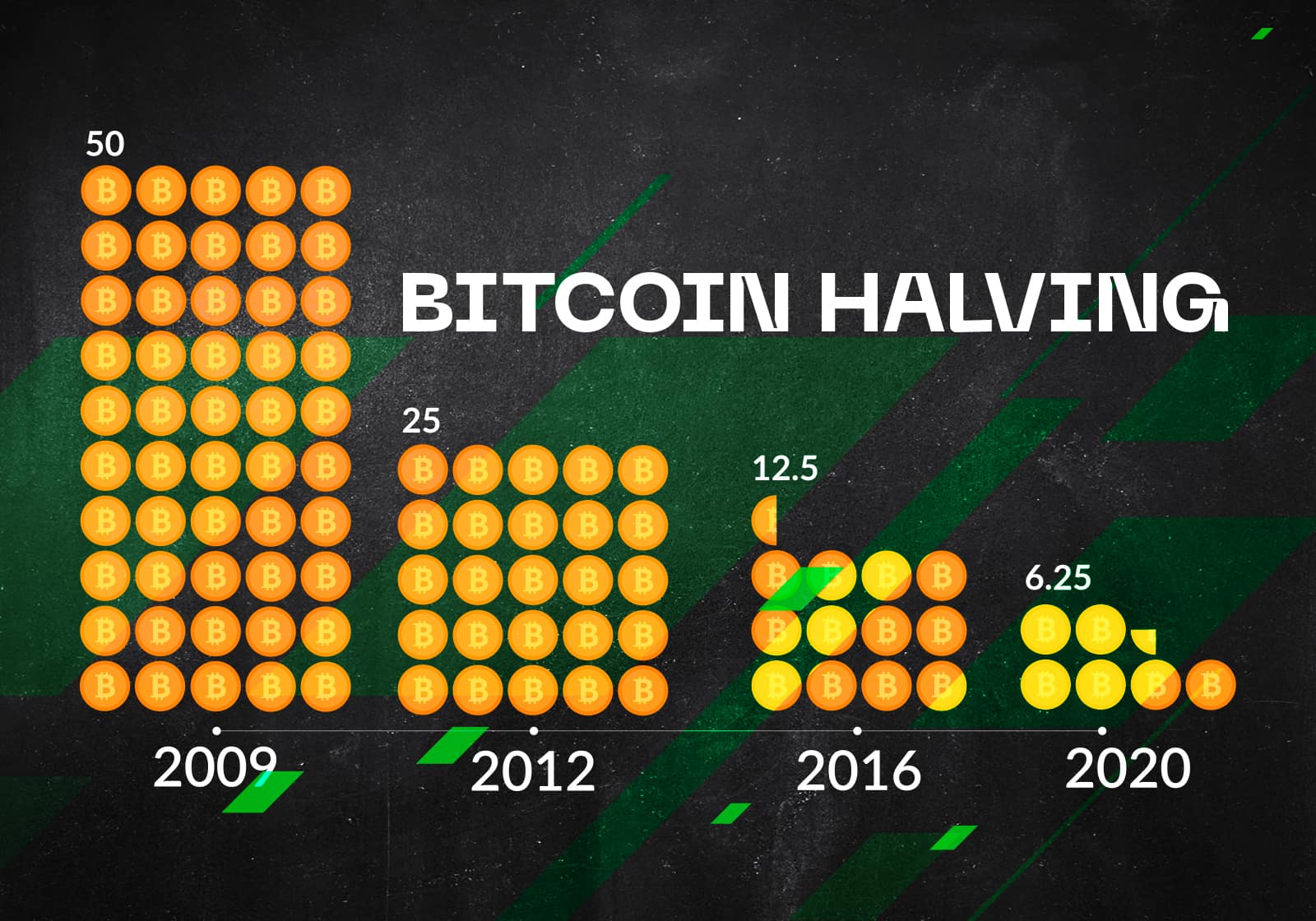Decline Mirrors of Bitcoin since the April 2024 halving is starting to resemble market movements before the 2016 bull run, according to veteran trader Peter Brandt.
In a post on X on August 5, the analyst stated, “The BTC decline since the halving now is similar to the bull market cycle of the 2015-2017 halving.”
Source: Peter Brandt
Brandt compared the magnitude of market corrections since the halving dates and found them to be very similar.
In 2016, Bitcoin’s halving occurred on July 9, with the asset priced at $650. The market pulled back in that cycle to a low of $474, a 27% drop after the halving within a month before soaring to a cycle high of $20,000 in December 2017.
Similarly, Bitcoin’s recent drop below $50,000 currently represents a 26% decline from the post-halving price of $64,962.
However, some analysts warn that Bitcoin could drop further.
On August 5, BTC prices fell by double digits to $49,221, according to CoinGecko.
It has lost 20% since peaking at $70,000 in late July but has shown signs of recovery back to $56,000 in early Asian trading on August 6.
On August 5, ITC Crypto founder Benjamin Cowen noted in a post on X that the pattern is similar to 2019 when the market surged in the first half of the year, then plummeted in the second half.
Source: Benjamin Cowen
Tim Kravchunovsky, founder and CEO of decentralized telecom network Chirp, commented that we might see crypto assets recover much faster than other risk assets, as was the case in 2020.
The large sell-off is not unique to crypto as “macroeconomic factors are playing a significant role,” he said.
“In the coming hours and days, we might see crypto decouple from traditional stocks, similar to what was observed in 2020.”
“Back then, crypto rebounded faster and more clearly from the pandemic-induced crash than traditional stock markets, and we could see the same this time,” he added.
You can check coin prices here.





